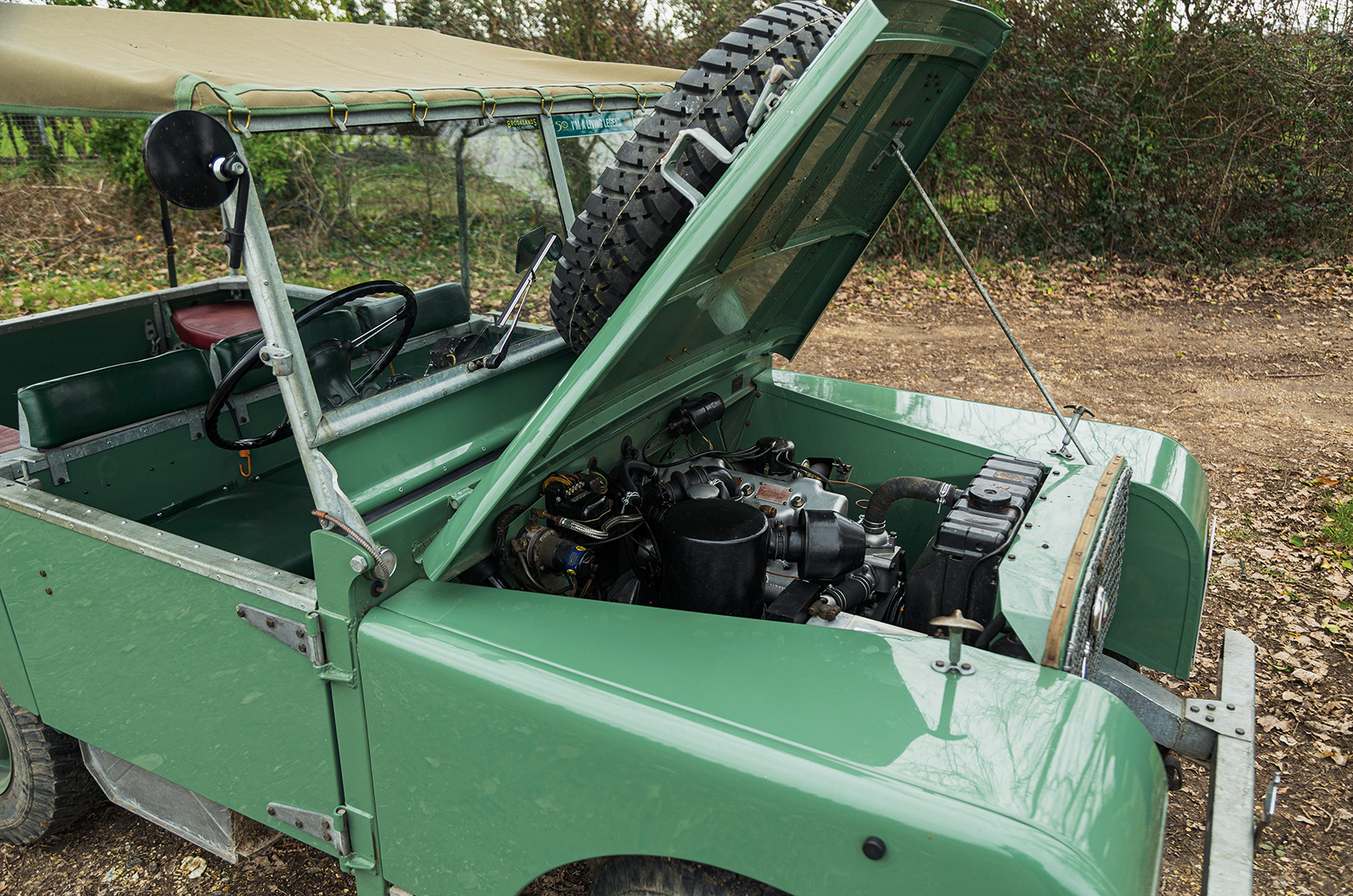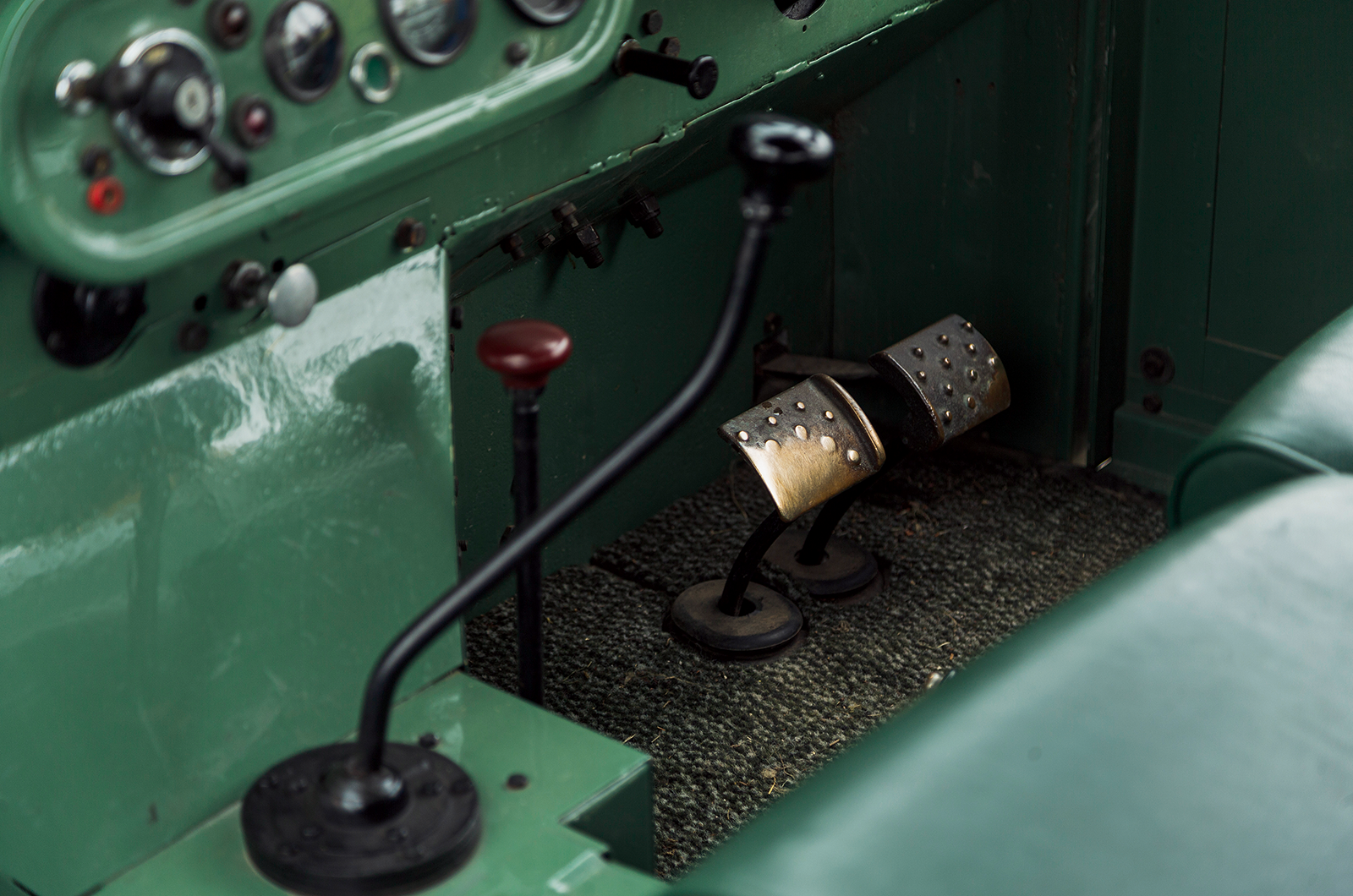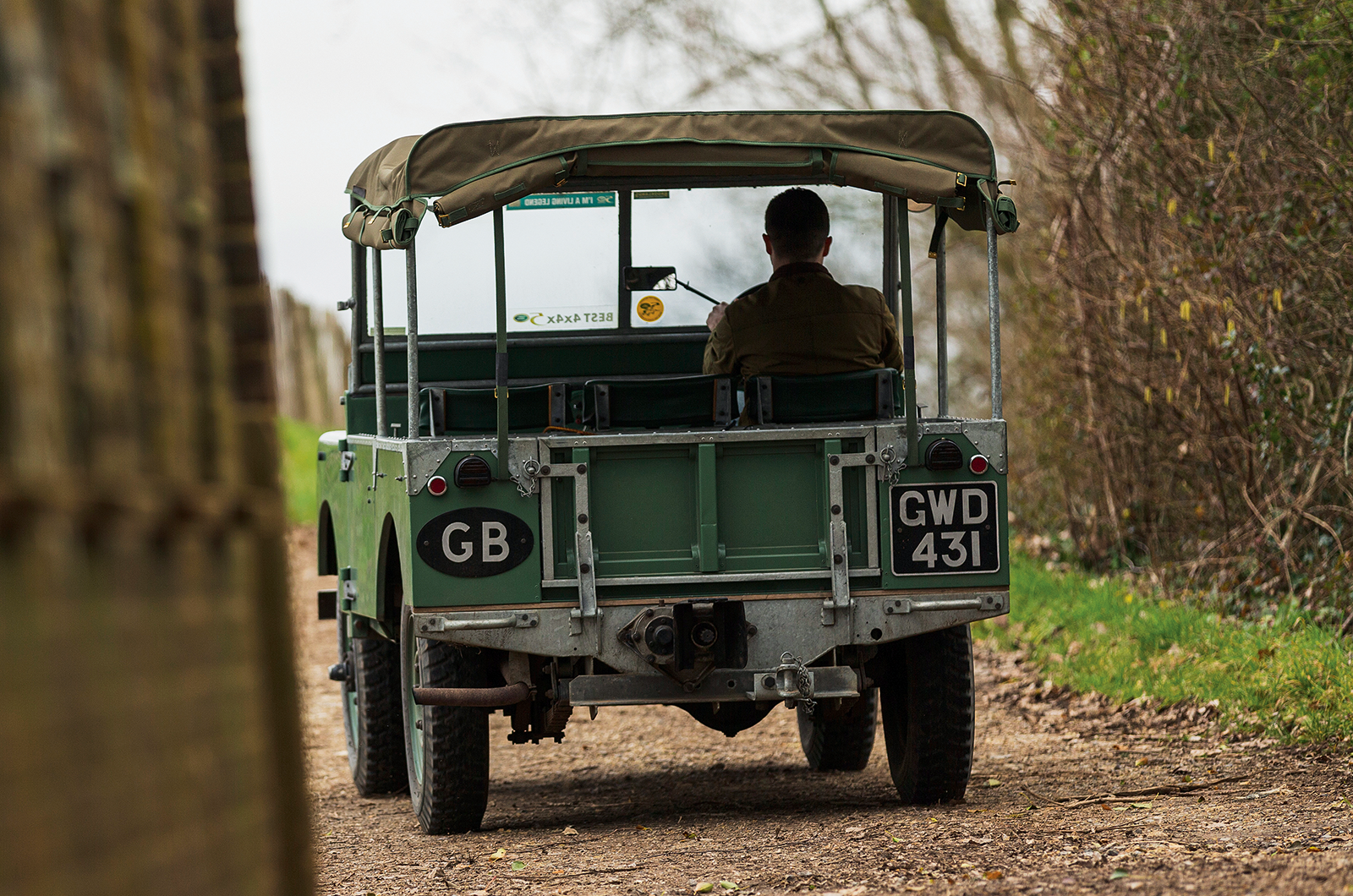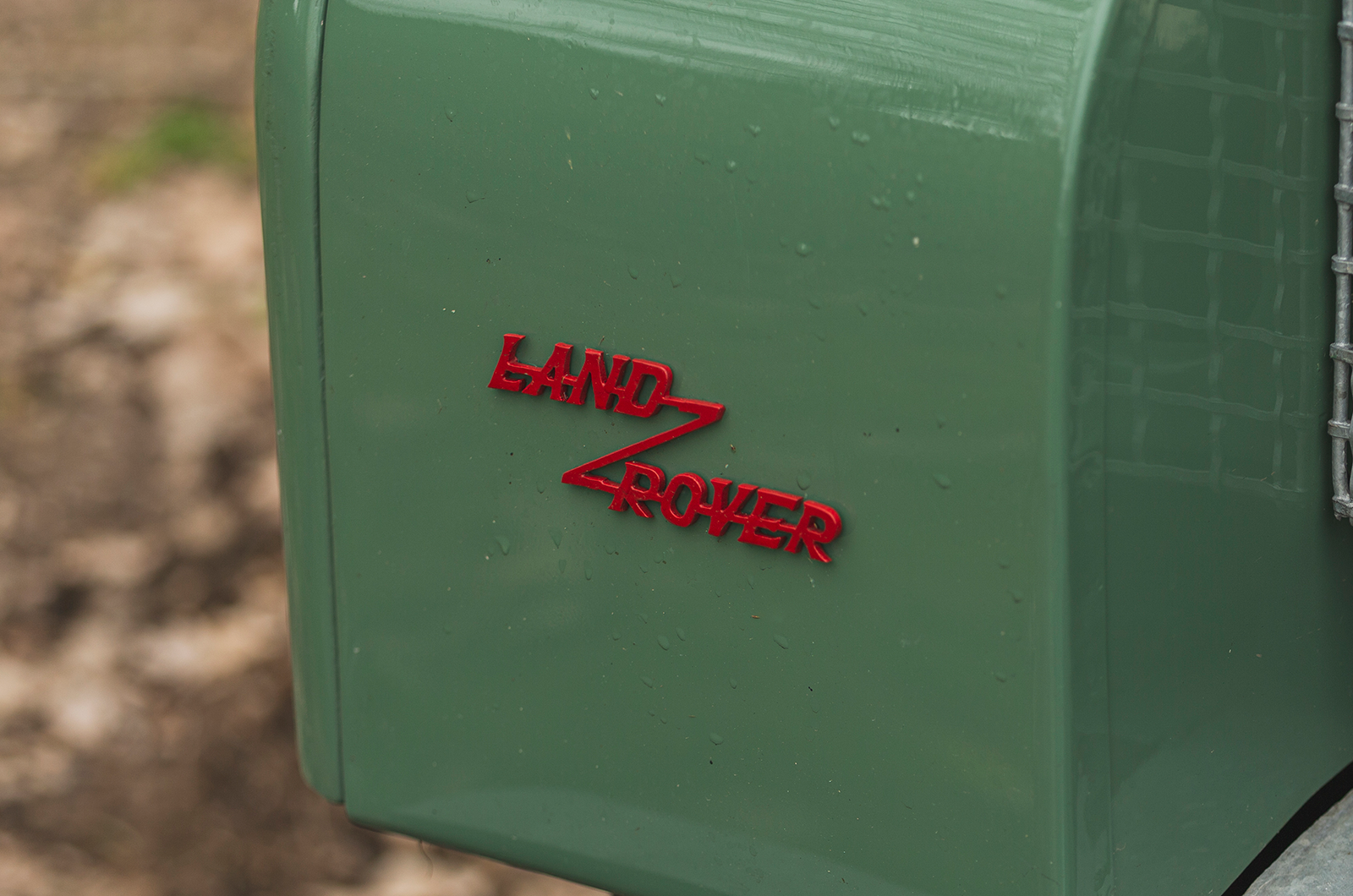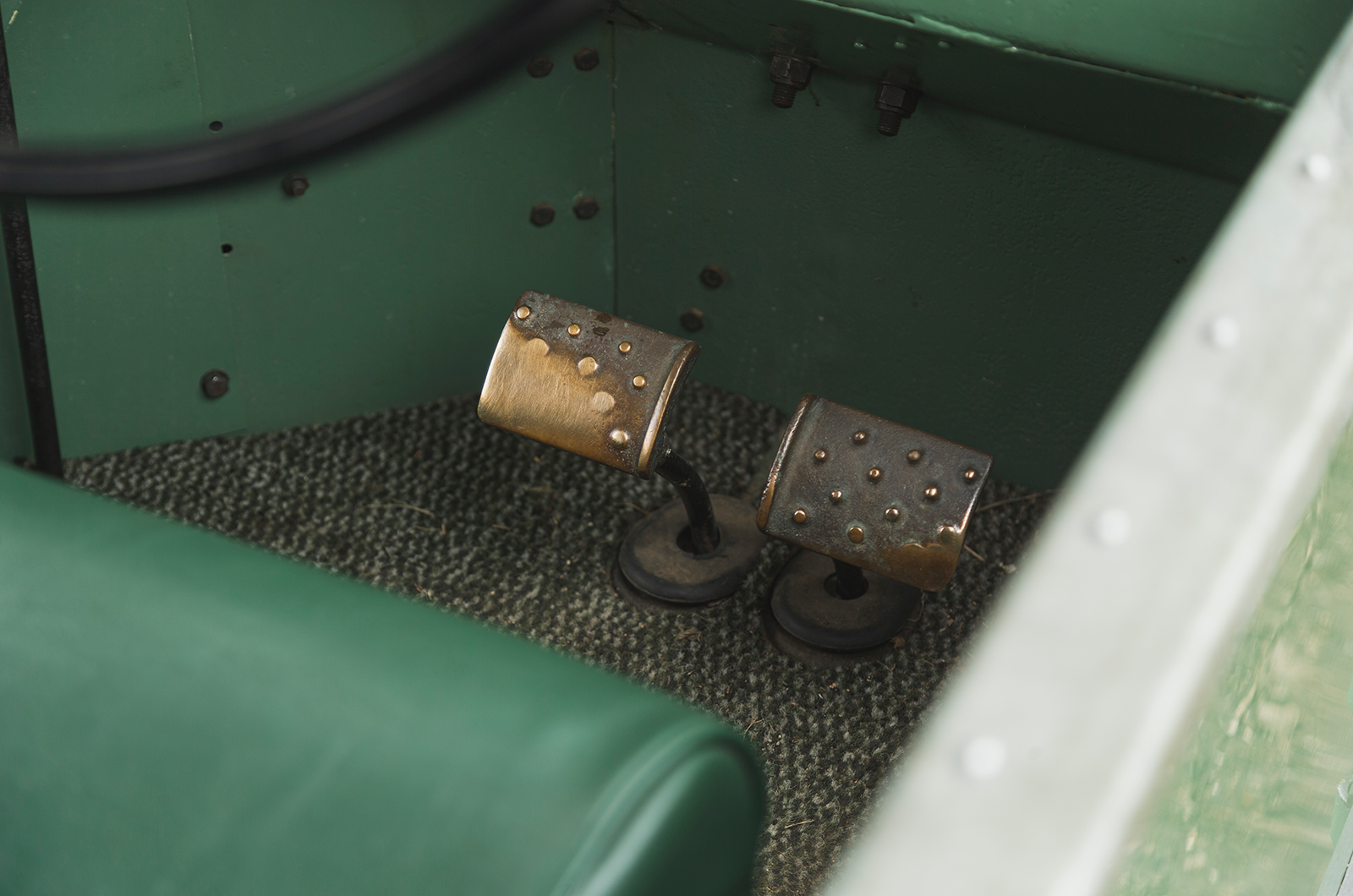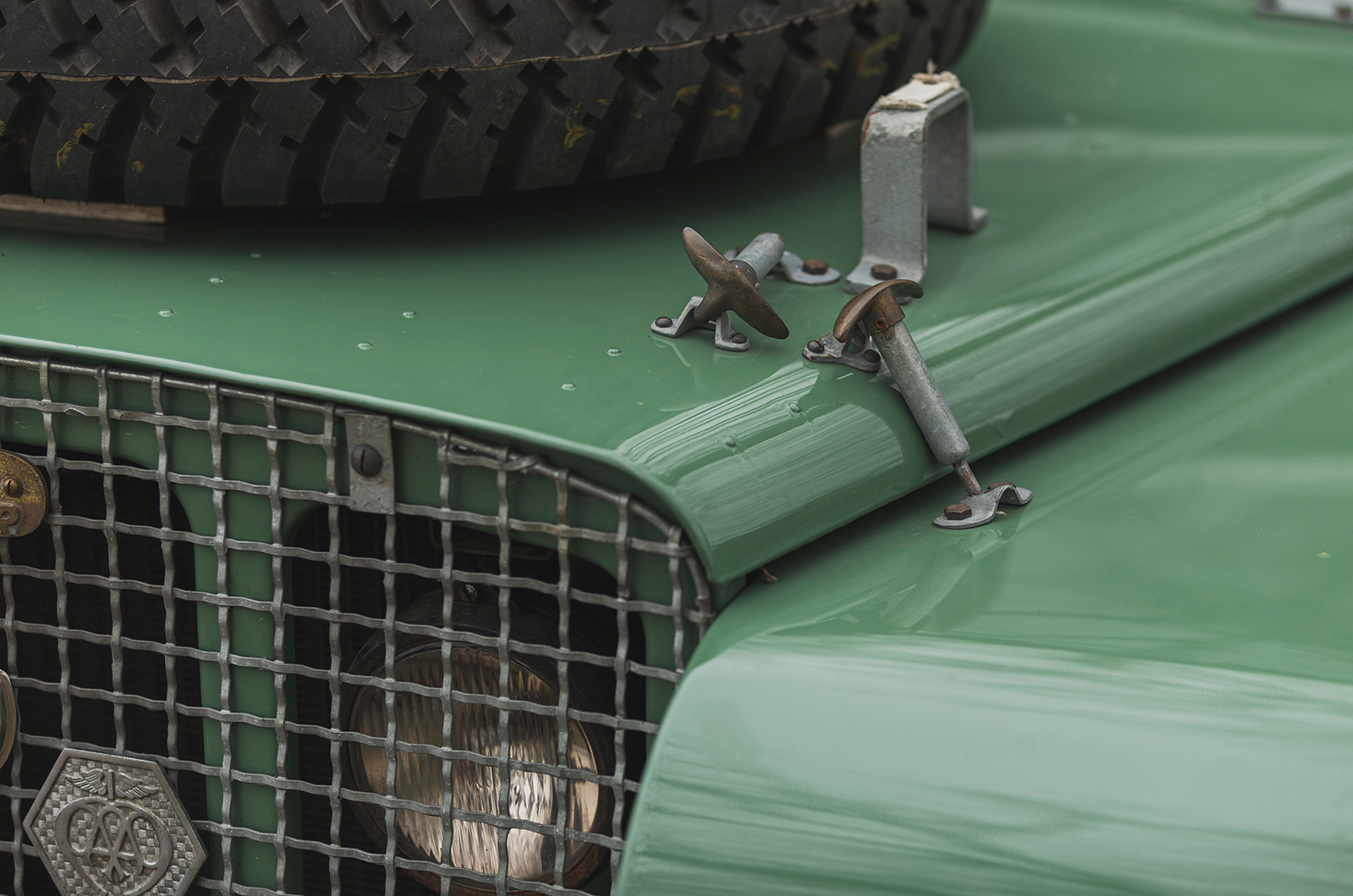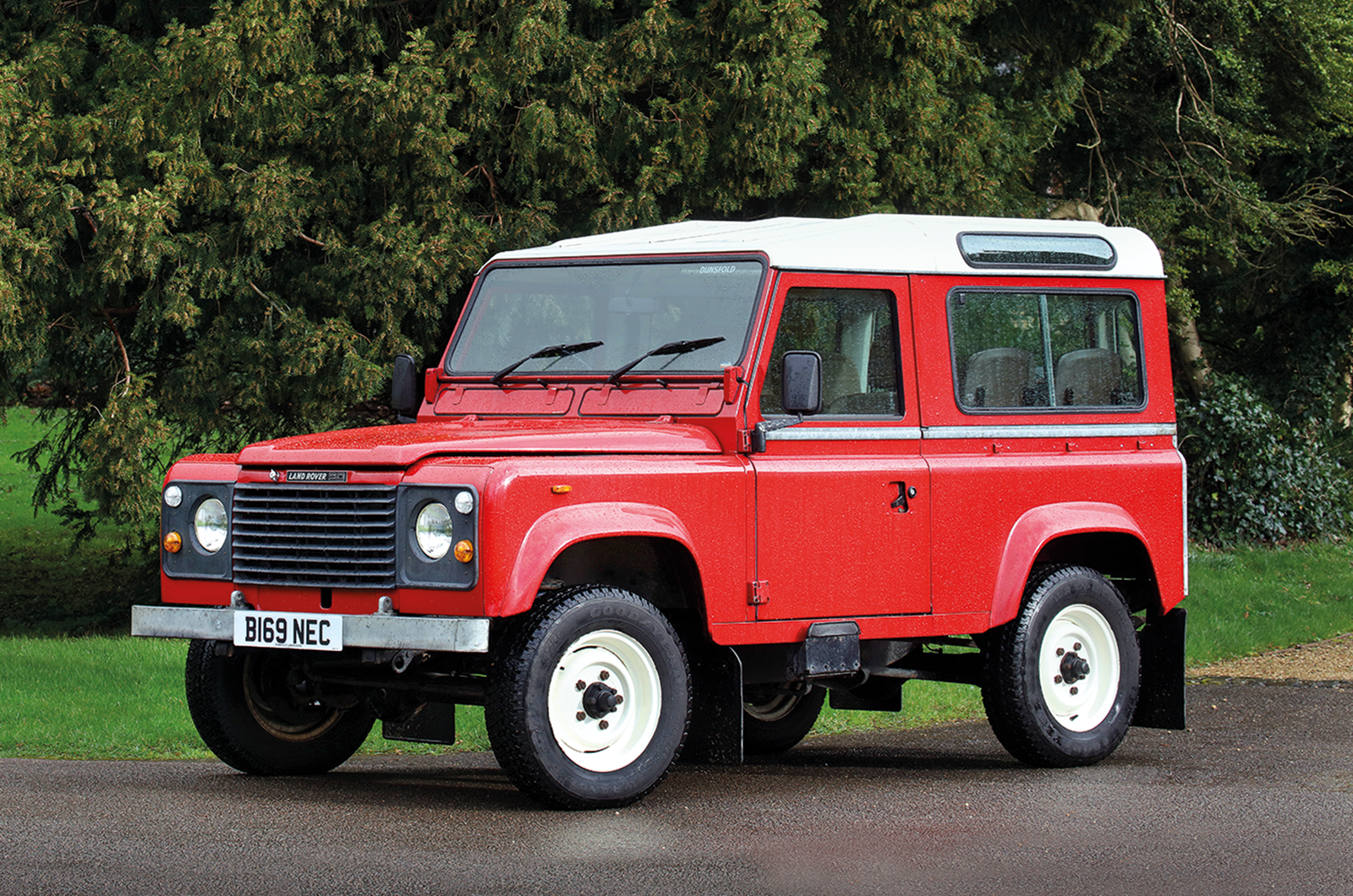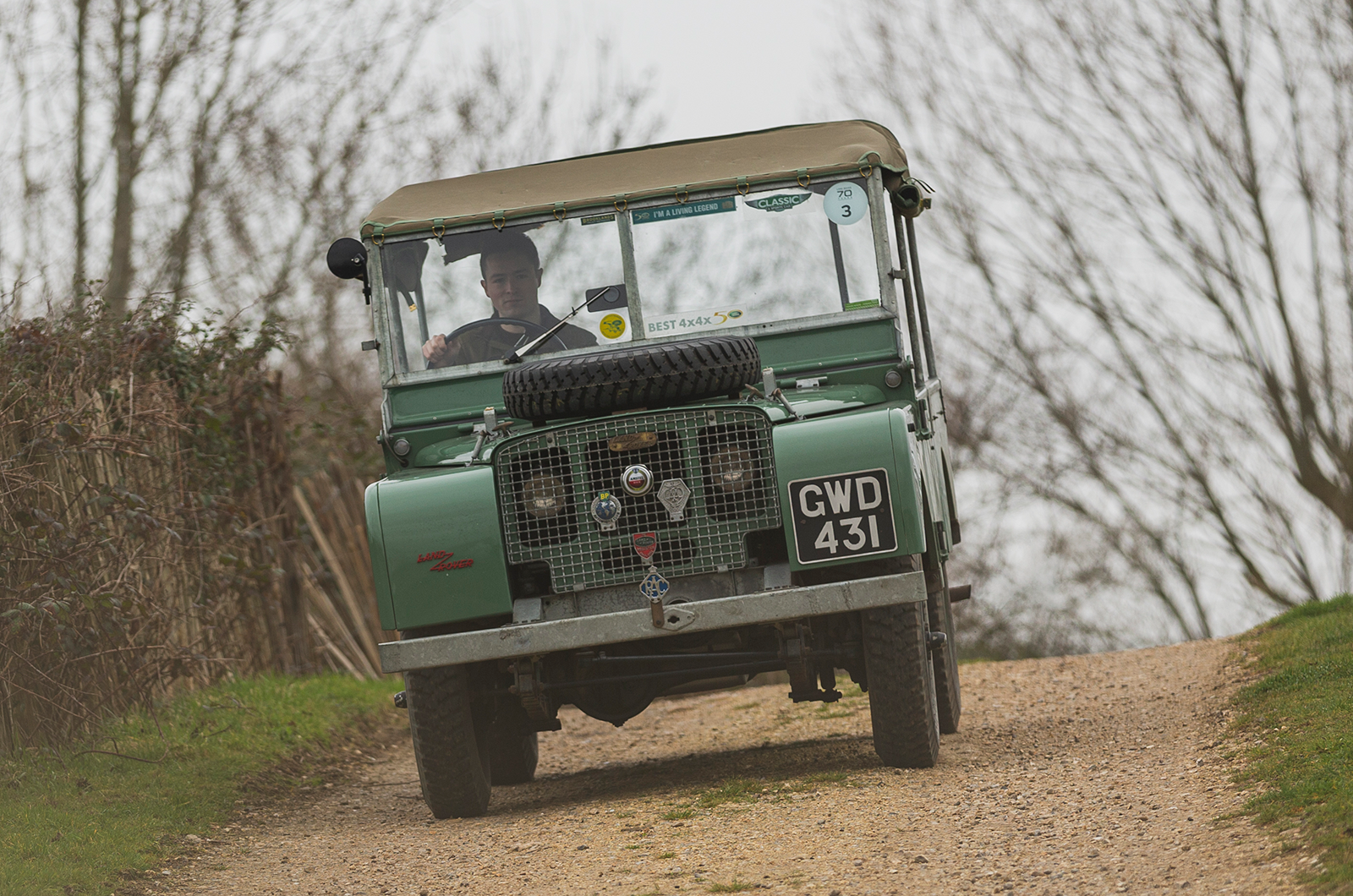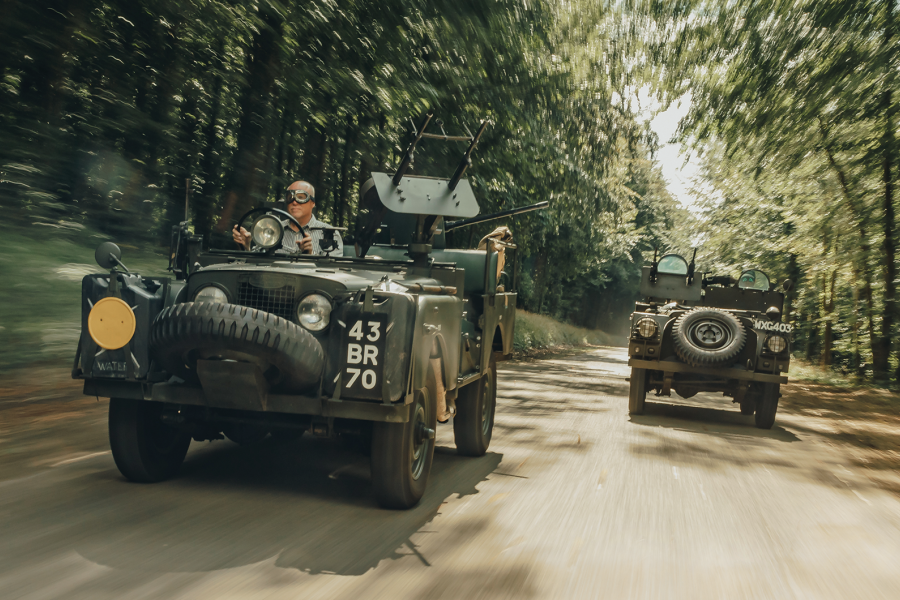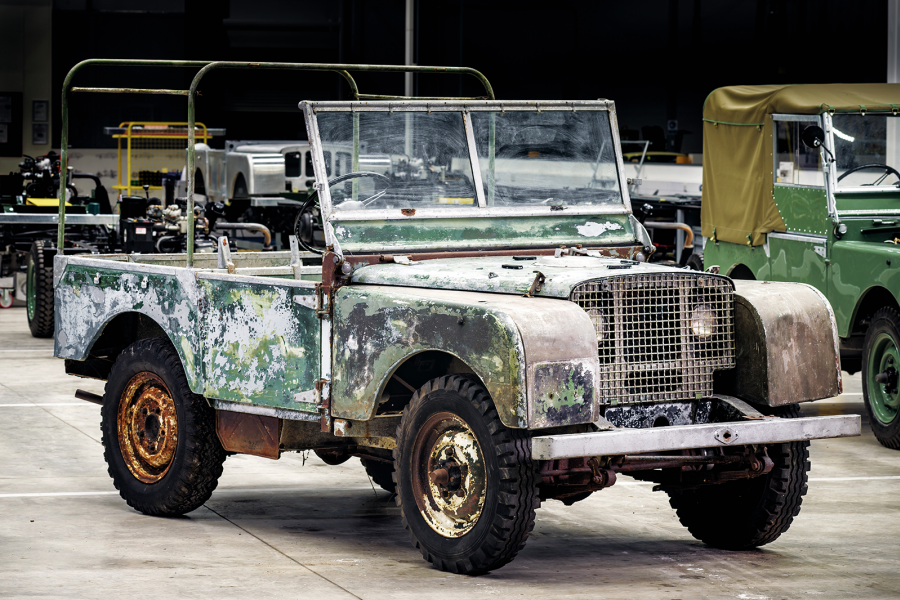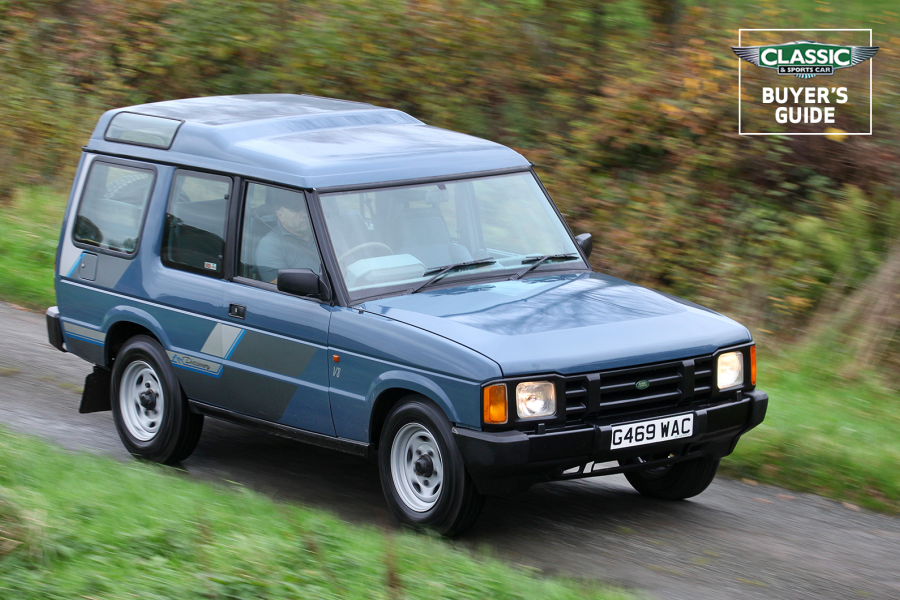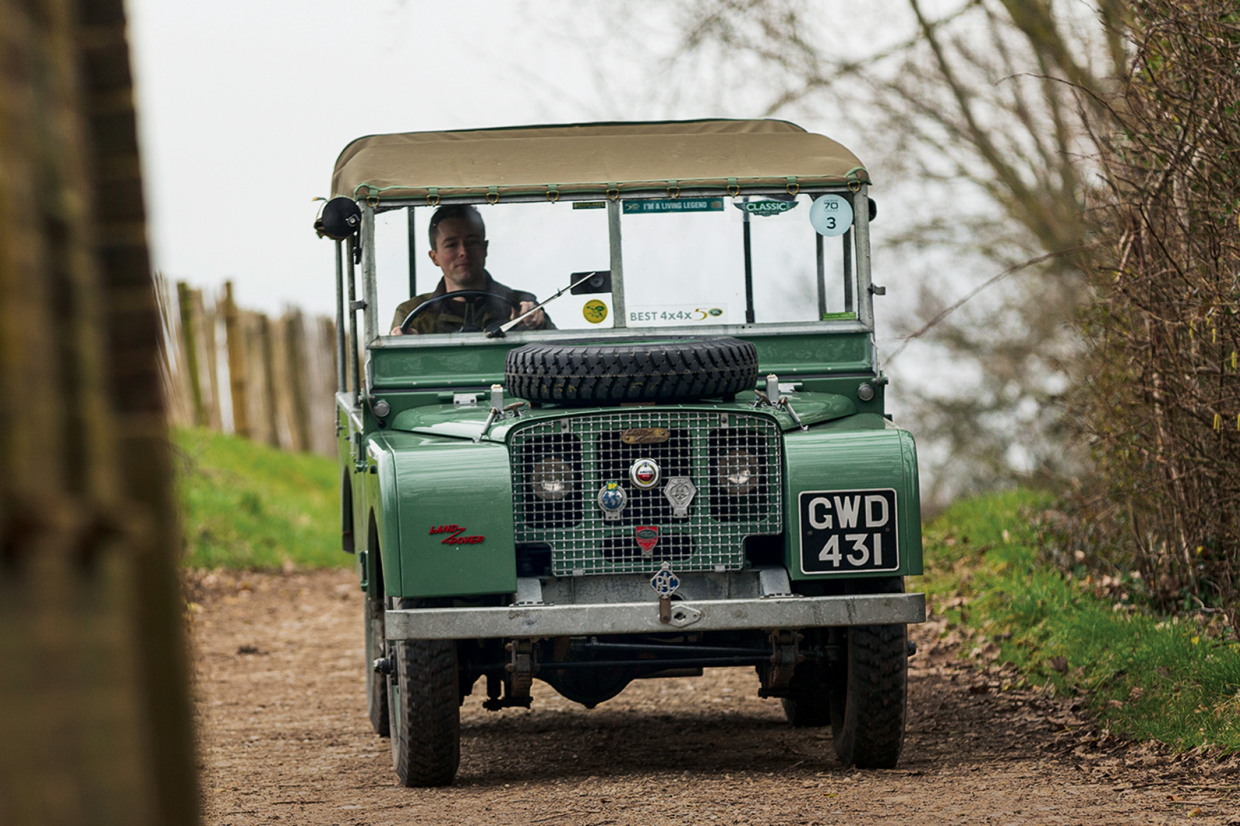
75 years ago, the motoring world changed for ever as a clutch of iconic vehicles made their debuts on a wave of post-war optimism. Here we look at the Land-Rover…
Along with Coca-Cola and chocolate, America poured countless Jeeps into WW2’s theatres of war.
With peace, many came to resent these abandoned vehicles as part of the unwelcome litter of conflict, but others were gladly motorised in their efforts to rebuild and reinvigorate communities with post-war trade.
For Maurice Wilks, it was a useful tool for his farm on the isle of Anglesey, and ignited an idea that would give birth to the Land-Rover.
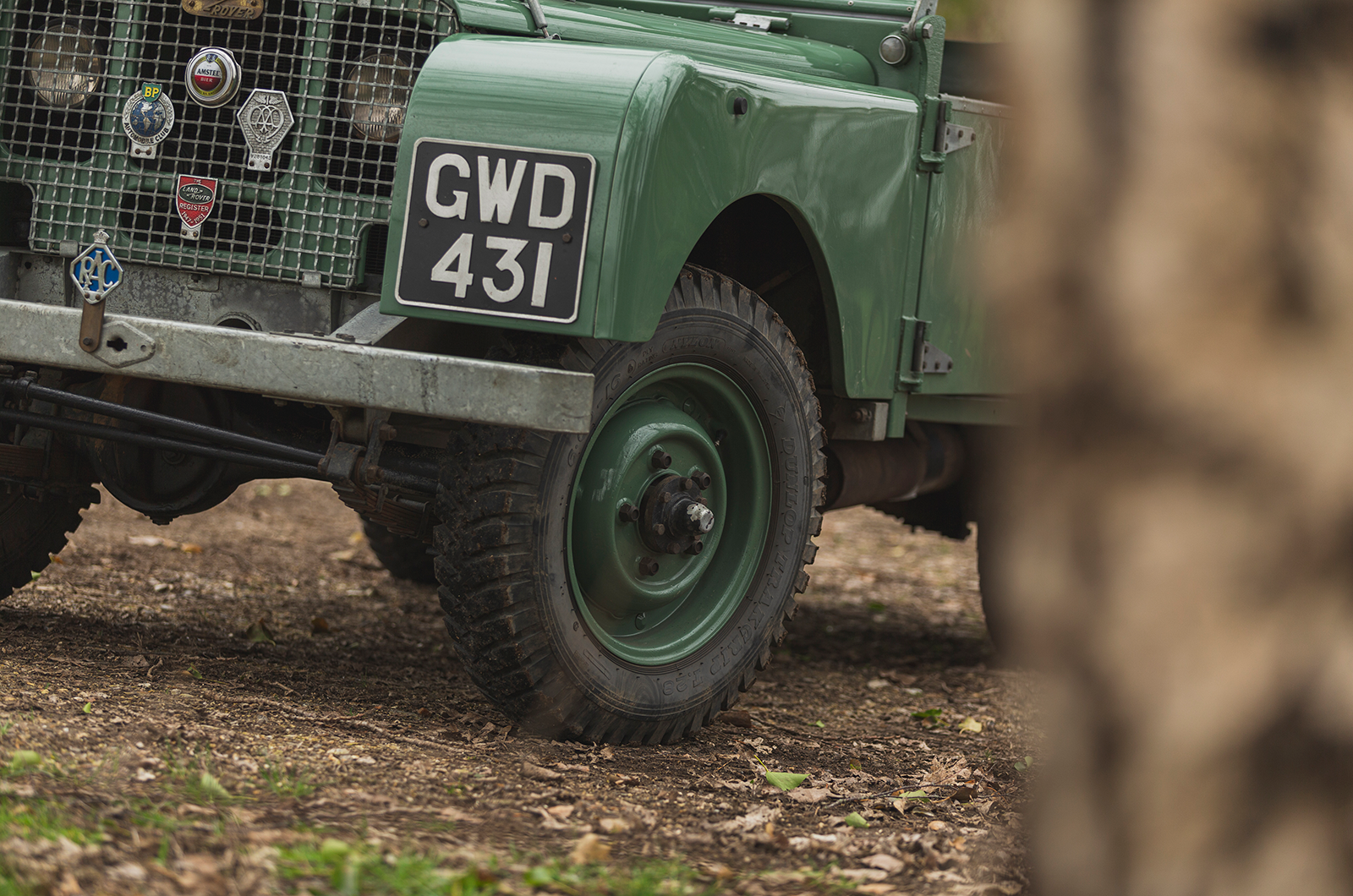
‘Number 3’ left the factory gates just three days before its planned arrival at the Amsterdam motor show
What began as a casual conversation between Wilks, Rover’s chief engineer, and his brother Spencer, Rover’s managing director, about a rugged commercial vehicle made of spare parts, quickly broke free from its planned destiny as a stopgap to the new P4 saloon and into a fully fledged product line.
By 1950, it had outsold the P3 saloons by two to one; the following year, some 40,000 had been built and by 1952 production was even being outsourced overseas.

